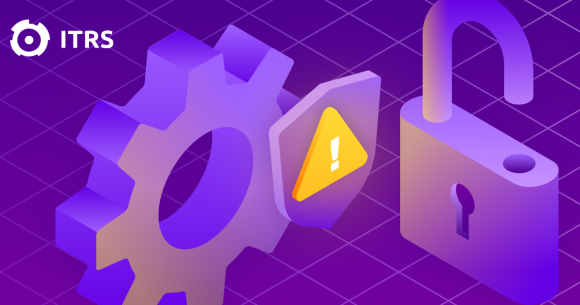Geneos in the Cloud
Cloud Adoption in Financial Services
Financial services firms today are facing an unprecedented number of challenges, internal and external to the business. Firms must continue to attract new clientele and retain long-standing customers, all while managing increasing demands from clients and keeping ahead of intensifying regulatory pressures. These factors drive firms in search of ever greater cost efficiencies while maintaining flexibility to carry on developing and deploying new products. Financial Services firms are increasingly looking to the Cloud to further optimise (and complement) their existing IT estates, in a cost-effective and dynamic way. It's important to note that this isn't an "either / or" decision but an enhancement to existing IT estates.
One of the greatest advantages of using the cloud is the cost savings it can deliver, by providing:
- Reduced capital costs, since buying hardware and renting datacenter space is expensive
- Easier and more centralized support and maintenance of their computing infrastructure
- Increased agility: increased speed in implementing solutions to rapidly changing business needs
Using the cloud can provide other benefits as well. It can enable Financial services firms to be more connected with their customers through:
- Quicker and easier development and deployment of web-based solutions and mobile applications
- Microservices which allow for elastic provisioning of applications at peak usage times or on-demand
Due to the conservative nature of the financial services sector, cloud adoption has lagged behind in comparison to other industries. This has been mainly due to concerns about security and regulatory compliance. Cloud service providers have spent a lot of effort beefing up security and interestingly, most security breaches happen in on premises datacenters as opposed to cloud service providers. Anecdotally, clients now trust Cloud environments to be more secure than physical data centers.
Consequently, cloud adoption within the financial services sector has picked up dramatically in recent years. "Cloud is now making serious inroads into all areas of Financial management applications. Gartner has seen a significant change during the past 12 months, due to the drivers for adoption of cloud financial management starting to overcome its inhibitors", (Gartner report, The Evolution of Financial Management Applications in the Cloud, Nigel Rayner, 12 October 2017).
Furthermore, financial services firms have started using the cloud in a more meaningful way, moving more core business and customer applications to cloud platforms like AWS, Google Cloud Platform and Microsoft Azure, recognising the competitive benefits this can bring to their businesses.
Cloud Evolution for Geneos
ITRS has also been busy evolving Geneos to keep pace with cloud based infrastructures. Currently, we have clients who run Geneos in AWS, Azure and even Google cloud. There are a number of advantages of using Geneos in the cloud.
First, and most obvious, is the advantage of monitoring cloud hosted applications. These are applications that our financial services clients are hosting in the cloud. The simplest way to monitor an application in the cloud is to install a Netprobe on the cloud virtual host that is hosting the application, then configure a Geneos Gateway to connect to that Netprobe. There is a more advanced technique called Self Announcing Netprobes, which can provide additional advantages to Administrators that use the cloud. In this scenario, it is the Netprobe that “announces” itself and connects to the Gateway. Each Netprobe knows what application it’s monitoring and the probe will stay with the application as it moves around in the cloud environment. Additionally, when connecting, the Netprobe will find the least utilised Gateway ensuring a load-balanced environment.
This technique has a number of advantages:
- Netprobes can move with the application, allowing maximum application mobility within the environment
- Gateways will stay load-balanced as new Netprobes are added to the ecosystem
In either case, configuration is simple. The bulk of the configuration is centrally managed from the Gateways.
The second benefit of using Geneos in the cloud is that Geneos Gateways themselves can be hosted in the cloud. Here at ITRS, we routinely use Amazon cloud to run Geneos deployments with Netprobes and Gateways. Our quality DevOps teams bring up Gateways and Netprobes on-demand with ease. You can also run Netprobes and Gateways within Docker Containers.
As we mentioned earlier, security is a big concern for financial services firms. Therefore, Geneos provides an extra layer of protection, and that is on top of the VPN link that most cloud providers use. When secure connections are enabled, Geneos will encrypt all communications between Netprobes, Gateways and the ActiveConsole, providing an extra layer of security.
You know Geneos as the industry standard for monitoring Financial Services applications and processes, but what you might not know is Geneos is very cloud-friendly and is designed to keep pace with your continuously evolving IT environment. As you migrate to cloud environments, either lift & shift or cloud native development, ITRS can provide the same level of reliable visibility you have come to expect from your trusted Geneos solution.
By Andras Kecskes, Product Manager, ITRS Group.




